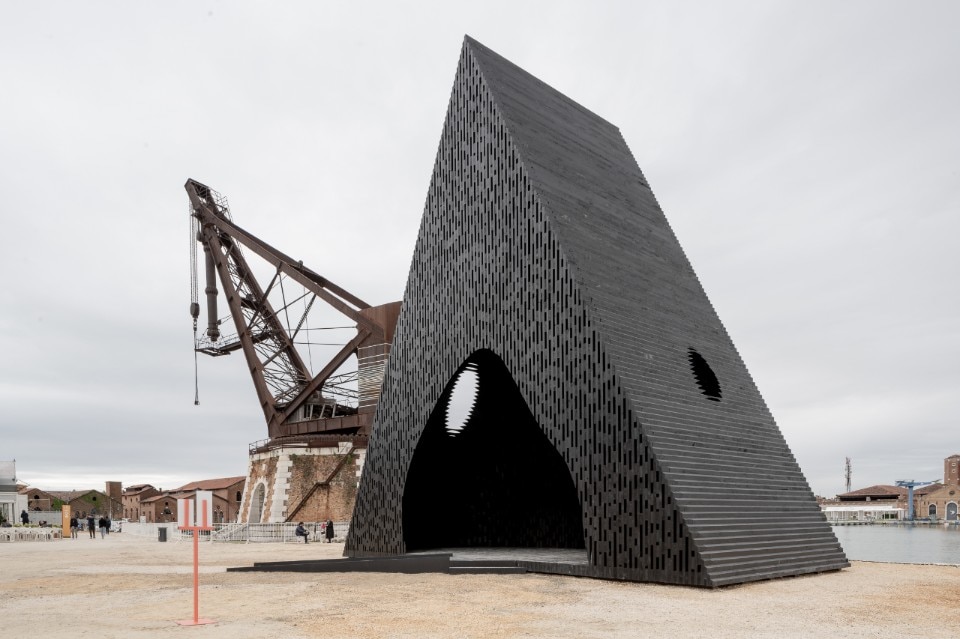Singers with bistrated faces in a circular silver proscenium, long colored wigs hanging from photographers’ tripods, icons of the Afro-chic sexual imagery swarming among red drapes, theatrical wings, psychedelic videos and aperitif bottles in plastic boxes. We could be at any carnival party in any suburban African city. Instead we are at the opening of the Venice Biennale 2023. “The laboratory of the future” which seems to be a possible but dystopian vision of what awaits us. A prophecy where everything, or almost everything, seems to be there, but which does not answer one question: What about architecture?
Actually the curator, Lesley Lokko, daughter of a Ghanaian surgeon and a Scottish artist, an interesting mix of architect, postcolonial theorist and writer of global best sellers, had anticipated it. “There is a coincidence between the carnival of Venice and the African diaspora: the carnival is a moment of liberation in which slaves could be free for a week. For this, communicators and other actors will organize public events, which are a way to bridge the gap between architecture and the public”.
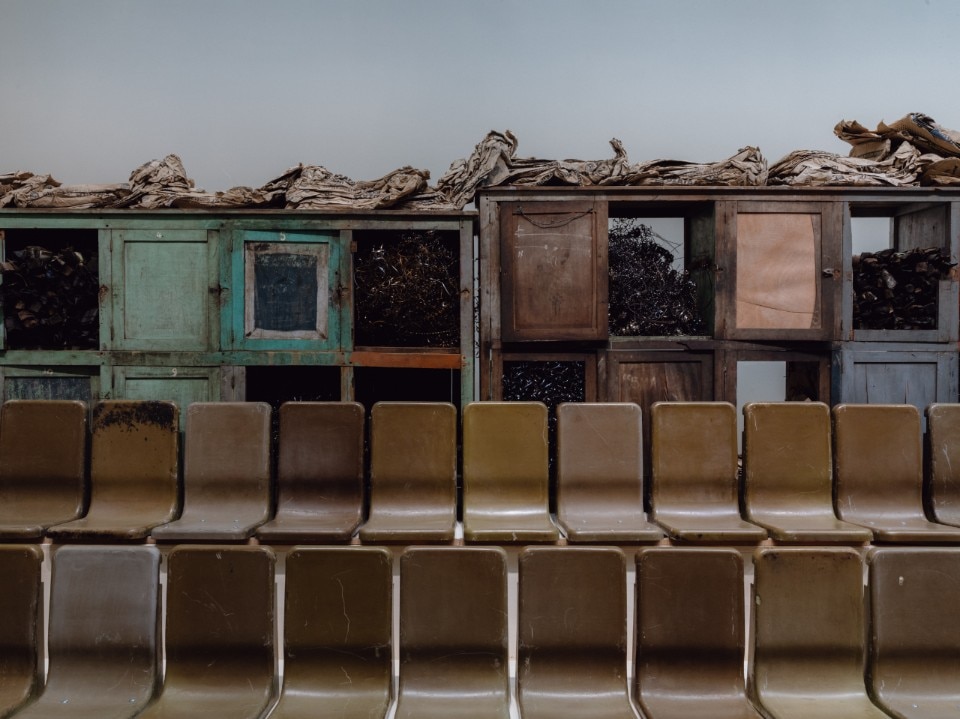
Above all, Lokko had told Domus that “architecture means at least two things. The practice, which concerns architects and is a very risky profession in an increasingly complex world. And the social conversation, lofty, cultured, which in the North of the world must be "decolonized".
Well, walking through the Arsenale and the Corderie, the impression is that decolonization is not guaranteed. Replacing the white, patriarchal, polluting and sexist world with a black, matriarchal, sustainable and fluid one may not be the key to solving the tragic aporias of our time. Also because, assuming that after the Enlightenment, the Industrial Revolution and the consumer society architecture has become the total institution at the service of colonialism, how can we be sure that the ecological apocalypse will be defused by the African generation, which in its country is it playing the same movie? And this, perhaps, the most conspicuous omission of the 2023 Biennale, which almost completely forgets the gigantic projects that other nations, and in particular China, are realizing in Africa.
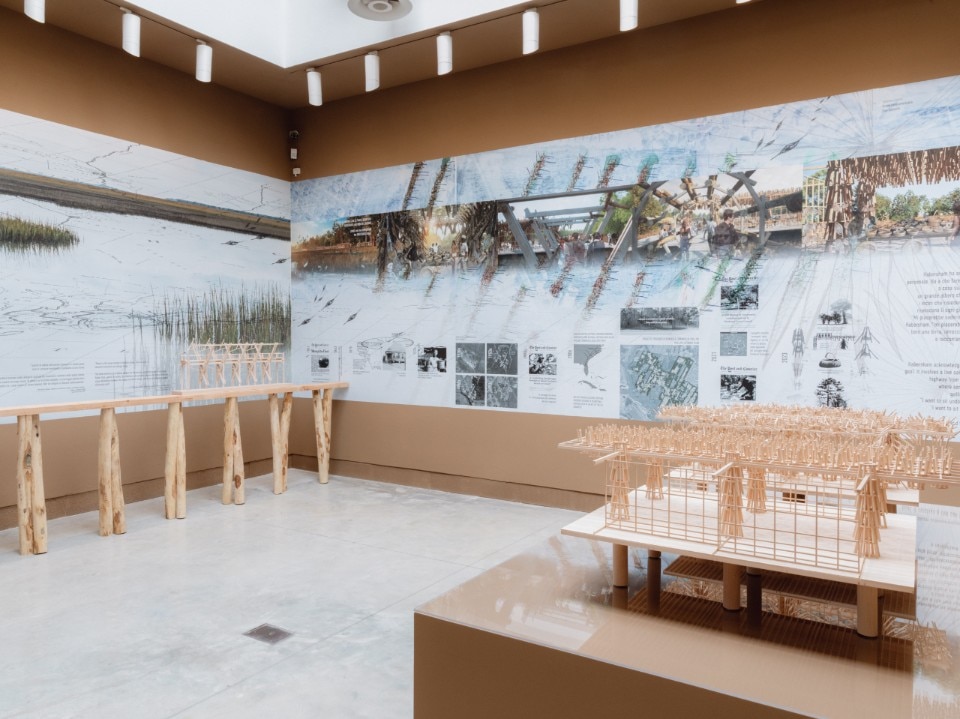
So the question is: why a Biennale that wants to decolonize architecture and focuses on the African diaspora doesn’t talk about the 15 national parliaments, the billion-dollar railways, the endless highways and entire cities that are coming out of nowhere on the dark continent? Because during the press conference Lokko prefers to focus on the permits denied by the Italian Embassy to hers collaborators, a greedy topic due to the superficiality of social networks and the weighted average of Italian newspapers, but does not ask questions about the architecture of the new African reality, increasingly a prisoner of geopolitical implications of “debt-trap diplomacy”?
The answer seems to be the power of tribal chant, the strength of sound and oral narration against the diaphanization of the present. An assumption that gives poetic allure to many strong choices by Lokko, among all the documentary film Black Artist Retreat: Reflections on 10 Years of Covening by Theaster Gates Studio and the visual-auditory experience of The African Post Office by Sumayya Vally and Moad Musbahi. Not strong enough, however, to solve once again political equations, such as the installation by Andrés Jacque which affirms the equivalence between the extraction of chromite, used for example in the facade of the Hudson Yards, and racial segregation.
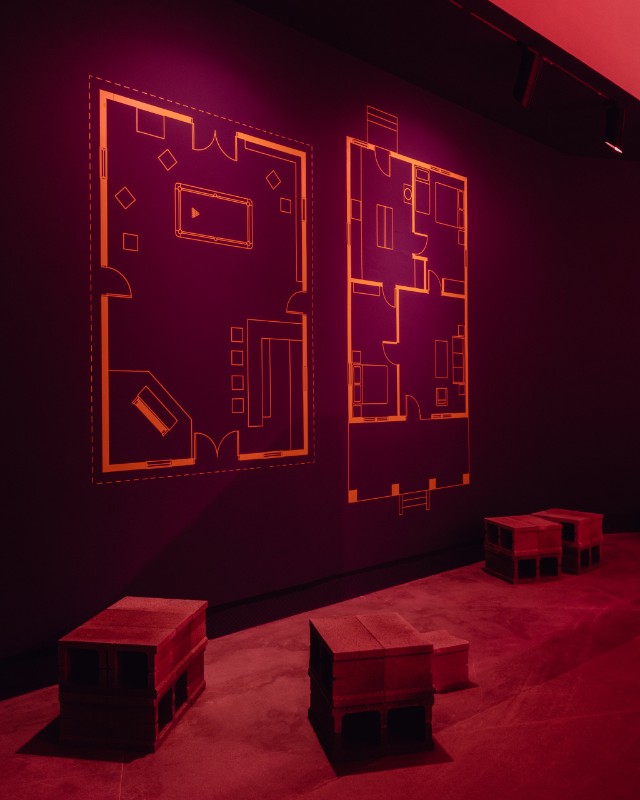
At the end of an intense two days in a very strange May, The Laboratory of the future appears as a powerful and suggestive statement dominated by (very large) part of the practices of African creativity. A very identity-based and not very geopolitical affirmation, highly intellectual and very capable of crossing disciplinary boundaries, thus creating an evocation unknown to a large part of the public. A grand guignol punctuated by 89 international participations where the disappearance of architecture is celebrated as a relationship between time, space and individuals and its new statute: moment of a process, function of connection between designers, practitioners, sociologists and naturally sound artists which remain the very essence of a Biennial where the silence of barred door of the Russian Pavilion is awe-inspiring.
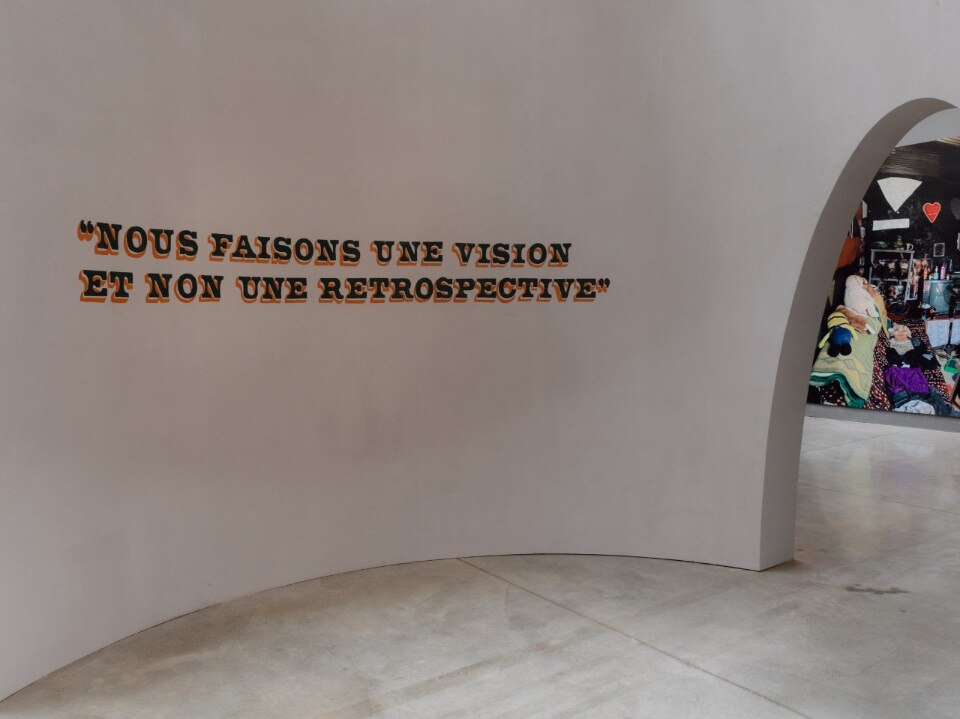
Opening image: Adjaye Associates. Kwaeε. 18th International Architecture Exhibition - La Biennale di Venezia, The laboratory of the Future. Photo by Andrea Avezzù. Courtesy: La Biennale di Venezia


